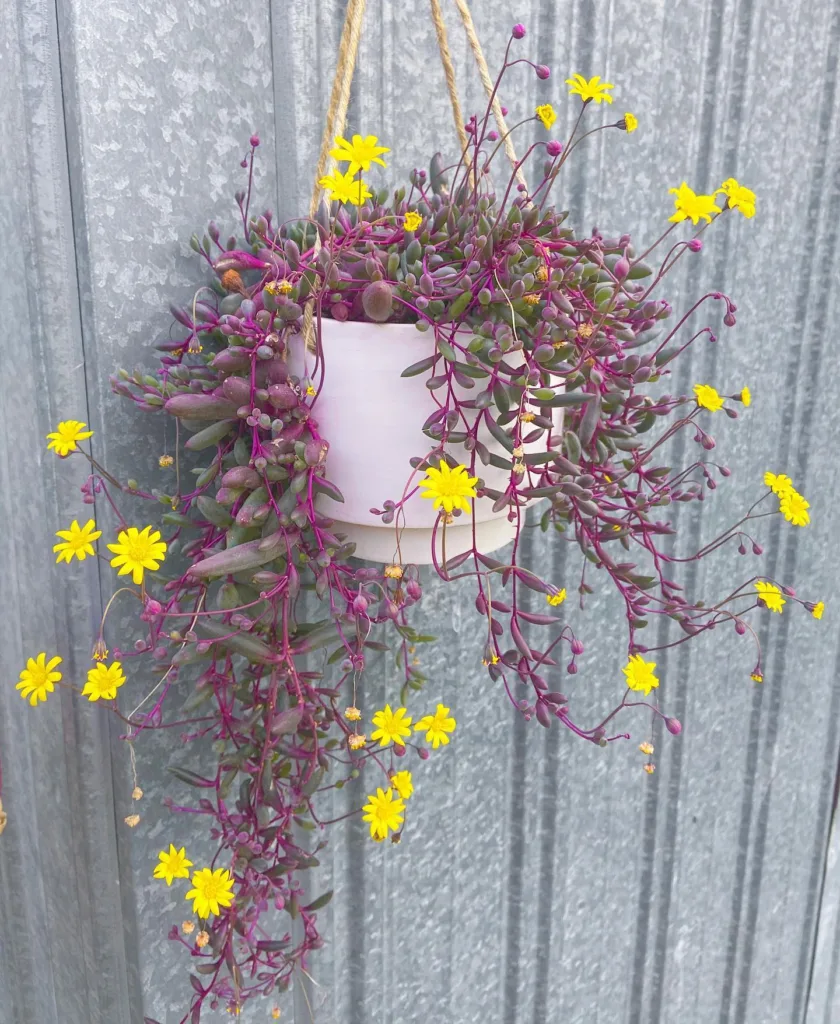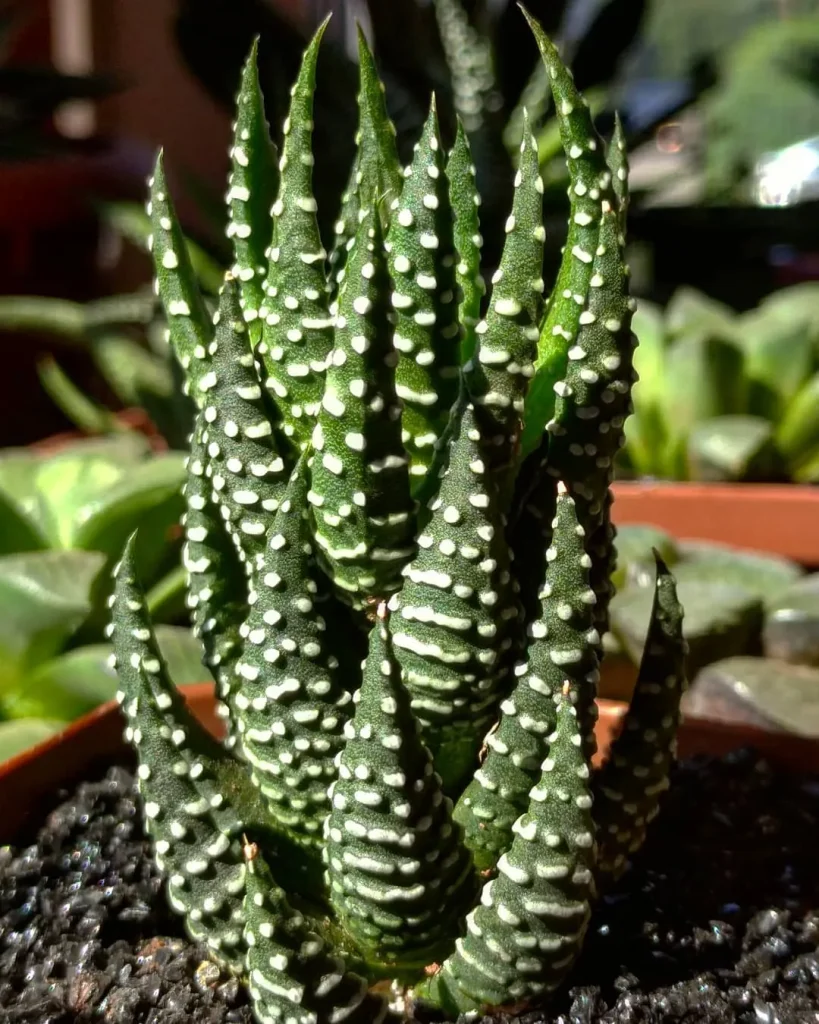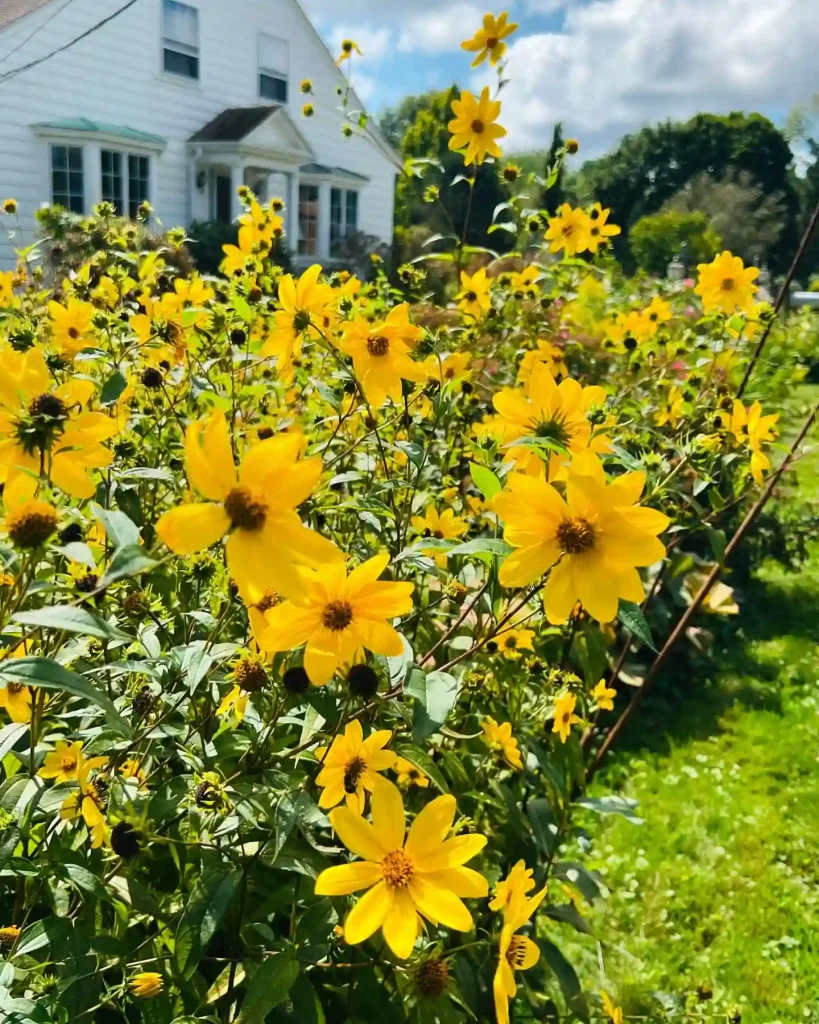What is Acacia Stenophylla?
Acacia Stenophylla, commonly known as the Shoestring Acacia, is a fast-growing evergreen tree native to Australia. It gets its name from its long, narrow leaves that resemble shoestrings, giving it a distinct weeping appearance. This tree can reach heights of up to 30 feet with an equal spread, making it ideal for large landscapes or as a shade tree. I love how it creates a graceful canopy that provides both aesthetic beauty and functional shade.
1091 Species in Genus Acacia
How to Care for Acacia Stenophylla?
Caring for Acacia Stenophylla is relatively easy, which is one reason why I find this tree to be such a great addition to gardens, especially in dry climates. It’s drought-tolerant once established and thrives in full sun with well-drained soil. If you live in an area with minimal rainfall, this tree is perfect since it doesn’t require much watering. I usually water mine deeply but infrequently, allowing the soil to dry out between sessions. Pruning is another critical aspect—light trimming is all it needs to maintain its shape and prevent any dead branches.
How to Propagate Acacia Stenophylla?
Propagating Acacia Stenophylla is best done through seeds. From my experience, you can collect the seeds from its pods after they’ve ripened. To enhance germination, I scarify the seeds by soaking them in hot water for about 24 hours. Planting them in a well-drained soil mix with moderate watering typically yields successful results, though patience is necessary as germination may take some time.
What to Plant with Acacia Stenophylla?
Acacia Stenophylla pairs well with drought-tolerant shrubs, succulents, and grasses. I often plant mine alongside agaves, yuccas, and lavender, which thrive in similar conditions. These combinations not only enhance the overall appearance but also create a low-maintenance garden. I’ve found that this tree’s weeping habit works wonderfully as a backdrop for smaller, denser plants that create texture contrast.
Is Acacia Stenophylla Toxic?
One question I often get asked is whether Acacia Stenophylla is toxic. As far as I know, this tree isn’t harmful to humans or animals. I’ve had pets in my garden with this tree for years, and there have been no issues. However, it’s always a good idea to monitor young children or pets if you’re unsure.
What are the Benefits of Acacia Stenophylla?
There are many reasons why I enjoy having Acacia Stenophylla in my landscape. One of the main benefits is its drought tolerance, making it ideal for arid regions. It’s also relatively low-maintenance, requiring minimal pruning and water once established. Additionally, the tree provides excellent shade, and its roots are non-invasive, so you can plant it near patios or sidewalks without worry. Another great aspect is its resilience to wind and salt spray, making it perfect for coastal areas.
Common Problems with Acacia Stenophylla
Despite being low-maintenance, Acacia Stenophylla can encounter a few issues. One problem I’ve noticed is root rot, which happens when it’s overwatered or grown in poorly draining soil. Aphids and scale insects might also show up, especially during dry periods, though they’ve never been more than a minor nuisance in my experience. Regular pruning can also help prevent branch breakage, as the tree’s fast growth sometimes leads to weaker wood.
Acacia Stenophylla vs. Other Similar Trees
People sometimes confuse Acacia Stenophylla with other species like Acacia Salicina or Willow Acacia. Both have similar weeping forms, but the key difference lies in the leaves. Acacia Salicina has wider, more lance-shaped leaves, while Acacia Stenophylla’s slender, string-like leaves give it a more delicate, cascading appearance. If you’re after a tree with a more dramatic weeping habit, Acacia Stenophylla is the one to choose. Additionally, Acacia Stenophylla is generally hardier and more drought-tolerant than other acacia species.
How Fast Does Acacia Stenophylla Grow?
From my experience, Acacia Stenophylla is quite fast-growing. In ideal conditions, it can grow several feet per year, reaching its full height of about 30 feet in a matter of 5 to 10 years. I found that young trees benefit from regular watering to establish strong roots, which accelerates their growth rate. After the first couple of years, the need for watering decreases significantly.
How to Prune Acacia Stenophylla?
Pruning Acacia Stenophylla is straightforward, but it’s essential to do it correctly to maintain its graceful form. I usually prune in the late winter or early spring before the tree starts its active growth phase. Start by removing any dead or damaged branches, and thin out any crowded areas to improve air circulation. Be careful not to over-prune, as this can ruin the tree’s natural shape. Light, regular pruning keeps it looking its best without sacrificing its elegance.
Is Acacia Stenophylla Suitable for Urban Gardens?
Yes, Acacia Stenophylla is a fantastic choice for urban gardens, especially if you have space for its spread. Its non-invasive roots make it suitable for planting near sidewalks, driveways, or patios. I’ve also noticed that this tree is relatively resistant to pollution, making it a great pick for city environments. Plus, its evergreen nature provides year-round greenery, which I love for adding constant life to the garden.
Can Acacia Stenophylla Handle Frost?
One concern I had initially was how well Acacia Stenophylla would handle frost. While it’s a warm-climate tree, I’ve found that it can tolerate light frost. However, extended exposure to freezing temperatures can damage the leaves and branches. If you live in an area that experiences cold winters, planting it in a more sheltered spot can help. I also recommend mulching around the base to protect the roots during colder months.
Conclusion
Acacia Stenophylla is a versatile, resilient tree that offers numerous benefits for any garden. Its low-maintenance needs, combined with its ability to thrive in dry conditions, make it an excellent choice for anyone looking to add elegance and shade to their landscape. Whether you’re growing it for its beauty, practicality, or both, Acacia Stenophylla is a great long-term investment.
If i die, water my plants!



